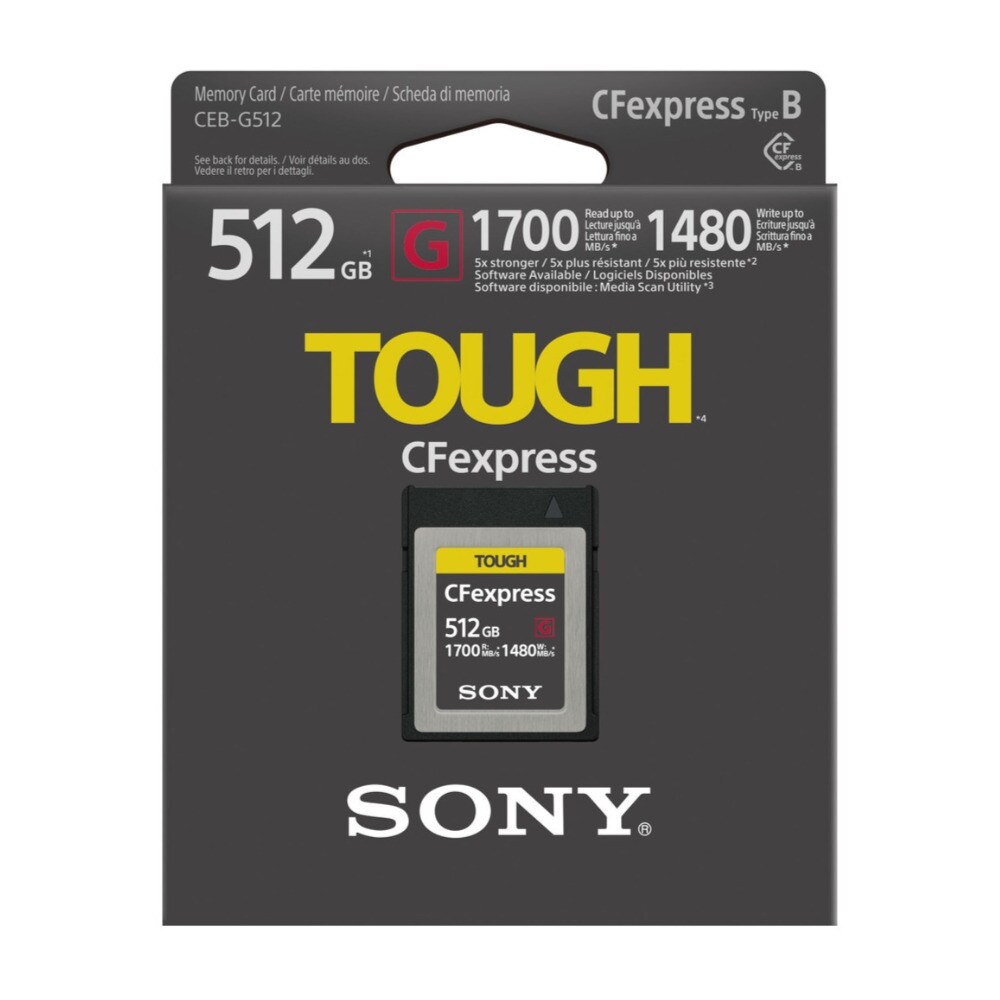Teraflops aren't "fixed" on XSX. They are a theoretical peak on both systems.
The GPU frequency is fixed on XSX, but just frequency alone means nothing.
Any PC gamer will know that to utilise a GPU 100% you pretty much need a "burn test" benchmark running. Something pretty much designed to flip every transistor every clock-cycle, usually rendering nonsense or something pointless and mostly static.
Any PC gamer will also know that it's easy to have a fixed high clock on something idling.
It's only when a CPU/GPU is loaded up with real work to do that watts are consumed and turned into heat that needs to be dealt with.
For example, I can overclock my i7 to 5.0Ghz and it will sit there just fine. I can even run some games and it will be happy. However, if I run a stress/burn test like Prime95 or Linpack, within seconds it's spiking in temperature and throttling back to deal with the heat. With the ability to throttle back disabled it instead crashes the entire system as the thermal protections kick in.
It only even gets close to its theoretical maximum FLOPS during a burn test, not when doing the tasks it generally does.
The quoted teraflop numbers for both systems are literally a hand calculation of a theoretical maximum that doesn't consider thermal constraints—because the cooling capability is unknown—the figures quoted for both are basically if every single transistor was flipped every single clock tick, like the worlds worst burn-test.
There's no such thing as a "fixed" 12 teraflops. A flop is a measurement of one kind of calculation a GPU does, relating to the programmable side rather than the fixed function parts. It depends on work-load, not on frequency.
To repeat, if it didn't vary by work-load then a 5Ghz CPU would be the same temperature whether it was idling on the desktop or running Prime95. That is not the case. That is not how it works.
The actual peak performance either console will be able to sustain is actually calculated differently.
Microsoft has taken the traditional route to set their clocks to match what they estimate to be a worse case scenario in actual game code (and not a 12TF burn test), and a worse case ambient temperature, and what their cooling system is capable of dissipating.
Game developers will have access to profiling and telemetry tools to see how close they are to the designed limits.
Any condition where this estimated peak is breeched, like a clogged heatsink, broken fan or crazy desert heat would cause the game to crash if it was during a computationally intense task.
PS5 on the other hand encourages developers to work to a maximum wattage, and sizes the fan to match that known maximum under the expected extreme of ambient heat they expect it to reasonably encounter.
Wattage is drawn by the actual calculation work being done, not by frequency alone, and wattage creates heat.
A worse case burn-test would cause it to drop frequency a "few" percent (to apparently reduce wattage 10%), and the game wouldn't crash. But this would only happen if the developer programmed the game in this way, and it's not determined by ambient temperature, as all PS5s need to be equal and deterministic.
This means it technically easier to get the actual unknown maximum out of a PS5 during design time.
Both systems vary in the actual amount of work they do, neither will reach burn-test peaks.
Xbox's power consumption (heat) varies as the work load increases at a fixed frequency, up to a point it crashes because of the heat, with an expected margin or headroom the developer works within to make sure it doesn't happen in any reasonable scenario.
PS5's frequency varies as work load increases at a fixed power consumption (heat), up to a point it reduces frequency to keep power consumption within the limit that the developer will work within to make sure this work capability drop doesn't happen in any reasonable scenario, although if it does, it's less critical. There's no margin to be as concerned with as just peaking it won't crash the game.
Both systems will be able to throttle back on frequency and power respectively when idling outside of a game.
In a Eurogamer article Cerny insisted it would take the likes on an intentionally programmed burn-test that flips all transistors every clock-tick to cause the GPU to declock a few percent. He further suggested that from what they're seeing even when the GPU spends an entire 33ms frame doing actual work with no idle it's not reducing its clocks.
He clarified that a race to idle condition wasn't being used to keep the clocks artificially high, and that even under constant work they stayed high.
Remember, heat is generated by calculation work, not clock speed alone.
PS5's targeting of watts instead of an estimated peak is about cooling and efficiency. It's not about "boosting" up in the same way a mobile or PC CPU or GPU does. The people still insisting and implying PS5 works that way have failed to understand what is going on, and are likely intentionally trying to get people to believe it's working as a mobile or PC boost clock does, for whatever strange reason.
Tables that compare the two GPUs like the last one posted here, that had TF in one column, and ROPs in another are also being disingenuous.
For the TF column, that number is a performance metric that has been calculated by multiplying some figures by the GPU core clock-speed.
For the ROP column the clock-speed is then disregarded, even though ROP performance is one of those fixed function parts of the GPU that scales with clock-speed.
The two numbers being provided aren't comparable if the clock-speeds are different.
The same applies to the cache figures. A cache of size N at 2Ghz has twice the bandwidth of a cache at size N at 1Ghz.
This is what Cerny meant by a rising tide lifting all boats.
If you want to compare teraflops, then you need to compare the other areas of the GPU also with the clock-speed in mind. Failing to do that is to be misleading. Maybe even intentionally so, although I'm more inclined to believe the people making these kinds of comparisons just don't understand what's going on and how things really work.
Both the PS5 and XSX GPUs will be better at each other when doing different work loads. The XSX clearly has an advantage in outright theoretical compute ability, and therefore ray tracing ability, but how the rest of the system feeds these machines, how efficiently they're used, how well the different APIs are written, and how skilled the game and engine developers are will have far more of an impact on the end result.
For clarity, and it's worth repeating, I'm impressed and really happy with the job both companies are doing. Microsoft is definitely back on the right track and fans of that system should be very happy. I'm personally more excited about PS5 and what its IO might bring to the table and will be buying that first, but I'll also be very happy to spend my money on an XSX and will be doing exactly that, too. Microsoft deserve to see that focusing the device as a gaming machine makes them money again.
Both of these babies are impressive. They'll be closer in multi-platform perfomance than some people are suggesting (hoping?). It's going to be a great ~7 years.
Even PC is going to take a quantum leap in response to this. Everyone wins. Be happy!











